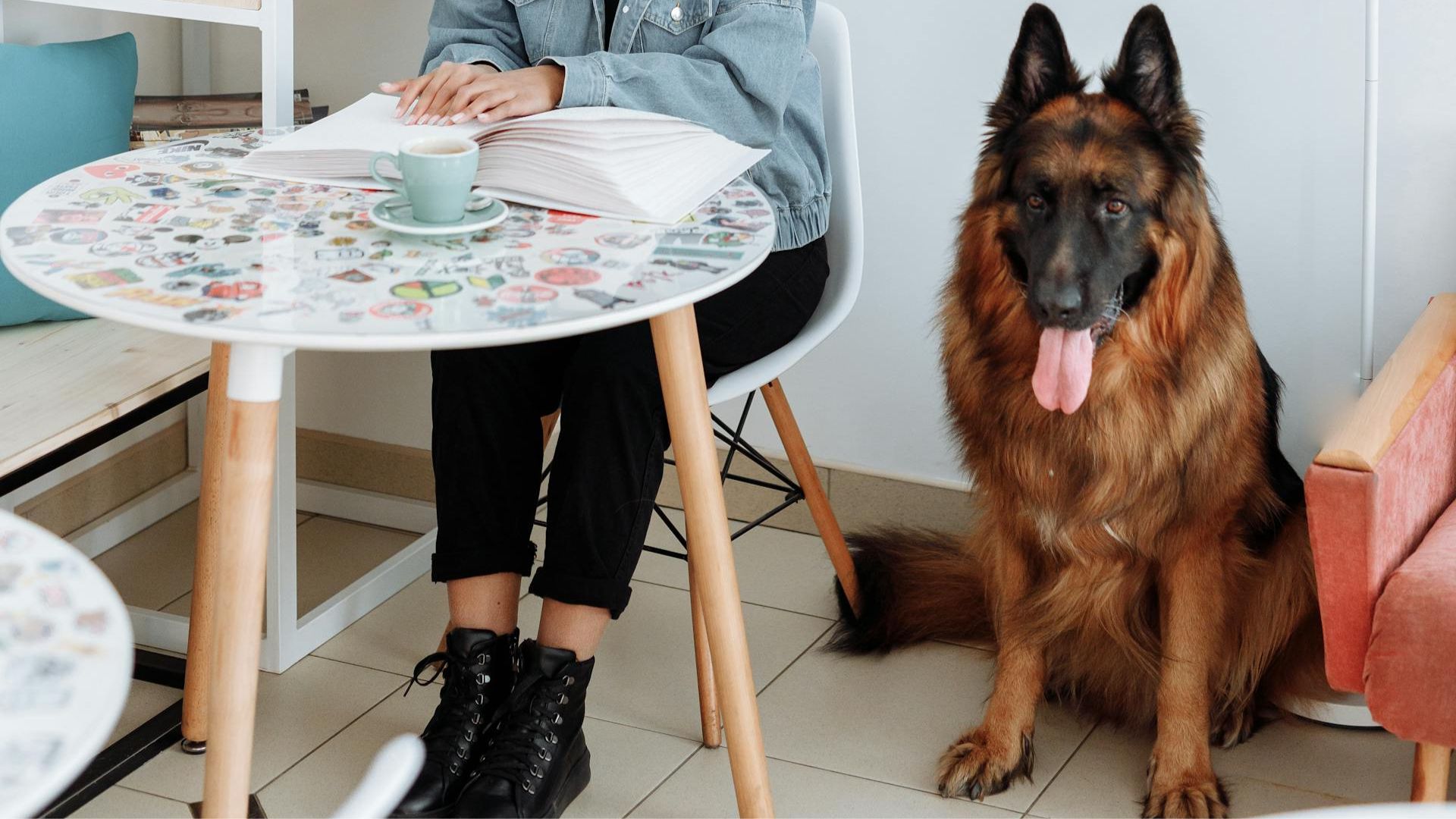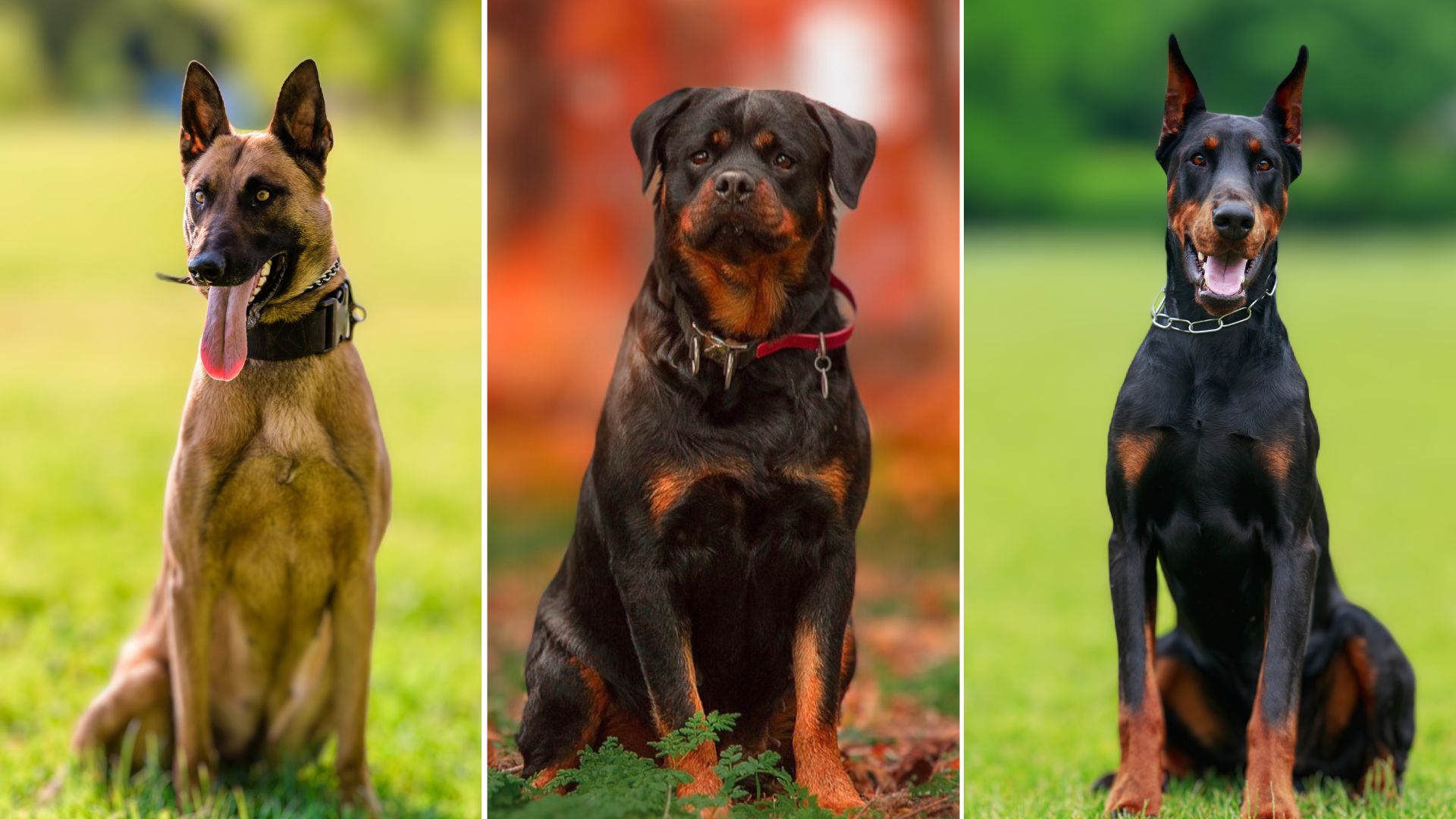WorldAnimalFoundation.org is reader-supported. When you buy through links on our site, we may earn an affiliate commission. Learn More
Pet owners know that nothing compares to the joy of sharing their lives with a furry friend. Among the three Scandinavian countries, there is a notable pet preference trend. According to Statista, most pet owners have shown a slight preference for cats. However, this trend shifted in 2022, when more households began choosing dogs as their preferred furry companions.
The Scandinavian region, part of Northern Europe, is universally known to include Denmark, Norway, and Sweden. Some even argue that Iceland should be considered part of Scandinavia for geological reasons. Regardless of the exact boundaries, Scandinavian influences are felt worldwide, from chic furniture to pop culture—and dogs are no exception.
Several dog breeds originate from this region. Scandinavian dogs are typically hardworking and loyal, excelling in handling tough terrain and extreme weather conditions. Many were bred for hunting wild animals and managing livestock, which means they may not be suited for all families due to their high activity levels and specific needs.
Whether you’re curious about Scandinavian dog breeds or considering adopting one, let’s take a look at seven remarkable breeds from this region.
Scandinavian Dog Breeds
1. Finnish Spitz

The Finnish Spitz is a medium-sized dog with a thick coat, a foxy face, pricked ears, and a tail that curls over its back. These features are typical of Spitz-type dogs. Originally bred to hunt by both scent and sight, the Finnish Spitz has been a hunting dog for centuries. Today, they are still used in Finland to track birds like capercaillie and black grouse, and in the past, they even hunted large game such as elk and bear.
Finnish Spitz dogs are lively, alert, bold, and brave. They love to hunt and will bark at anything they see. They are loyal to their families and are often great with children. Purina notes that these dogs are clever and quick learners, but they need consistent training. While they can be wonderful with kids, they need a lot of exercise and training. This means they might not be the best fit for a busy young family with many other commitments.
The Finnish Spitz is a small and neat dog that won’t take up much room in your home. However, they do shed quite a bit, so be prepared for some cleaning. Because of their vocal nature and strong prey drive, a home in the country with a secure garden is ideal. They need access to interesting walks and safe, off-lead areas where they can run freely.
2. Broholmer

The Broholmer, also known as the Danish Mastiff, is a large, mastiff-type dog from Denmark. For centuries, these dogs have served as loyal family guard dogs. With their massive, square heads and large bodies, they have an imposing presence, but don’t be fooled—they are actually peaceful and gentle by nature. Broholmers are alert and even-tempered, making them great companions for families.
According to US Service Animals, Broholmers sometimes forget their size and might try to climb on their owners’ laps. They are gentle and calm with their family but remain alert and cautious around strangers, which makes them excellent guard dogs. Broholmers can be quite stubborn, so they need a firm and confident handler.
These dogs have a moderate exercise requirement. Despite their large size, they are surprisingly agile and enjoy walks and playing fetch. They also love having open spaces to roam freely.
Their short, straight coat is easy to maintain, although they do shed constantly. Shedding varies with the seasons, so they might need more brushing during peak shedding times.
3. Swedish Vallhund

The Swedish Vallhund is an affectionate and energetic dog, originally bred to herd cattle on ranches and farms. This ancient breed was developed over 1,000 years ago during the Viking era in Sweden. Clever, lively, and alert, the Vallhund is a natural watchdog, always ready to inform their owners of anything interesting or suspicious they’ve noticed.
Friendly and loyal, Vallhunds love spending time with their families. They are easy to train with the right motivation and enjoy various doggy activities. However, if left alone or bored, they can become noisy and destructive. Despite their small size, Vallhunds are sturdy working dogs and need at least an hour of exercise each day.
The Swedish Vallhund is an excellent family pet for those who love walking and engaging in training or other dog-related activities. However, be mindful of their herding instincts. As cattle dogs, they are nimble, bold, and may nip to get someone to move. This behavior means they might not be the best fit for families with small, active children.
According to PetMD, Swedish Vallhunds have a double coat that sheds year-round, with two periods of heavy shedding in the spring and fall. To keep their fur under control and off your floors, you’ll need to brush them several times a week.
4. Karelian Bear Dog

The Karelian Bear Dog originated in northwestern Europe and was originally used by Russian and Finnish peasants for hunting. Known for their bravery, these dogs can handle large prey animals like bears and cougars. Despite their fierce hunting skills, Karelian Bear Dogs have a reserved but stable temperament and are very devoted to their owners.
Karelian Bear Dogs have strong hunting instincts and are usually aggressive towards other dogs, especially in their own territory, making them unsuitable for pack settings. They have keen senses, particularly their sense of smell. According to the UKC, they are never aggressive towards people.
For exercise, Karelian Bear Dogs enjoy playtime in a fenced backyard or multiple walks throughout the day. They can also benefit from indoor activities like hide-and-seek, chasing a ball, or learning new tricks. If you live in an apartment, even short walks in the hallways can help keep them active, especially during bad weather.
The Karelian Bear Dog requires basic grooming, but special attention should be given to its all-weather coat, which is short but dense. The coat needs minimal grooming; brushing it once or twice a week will help remove loose fur and prevent matting.
5. Norwegian Lundehund

Though their exact origins are unclear, Norwegian Lundehunds come from an archipelago north of the Arctic Circle. This rare breed is known for its unique features: extra toes, flexible shoulder joints, and movable ears. However, its most notable trait is its mild and balanced personality.

Norwegian Lundehunds make great pets for anyone who has enough love to give. They are not extreme in any way, so you always know what to expect from them. WebMD highlights that these dogs are affectionate without being overly clingy, friendly without befriending everyone, and protective without being territorial. They enjoy playing but don’t require constant activity.
Despite their moderate personality, Lundehunds are not aloof or indifferent. They are sensitive and well-mannered family members. This high-energy breed needs daily exercise to stay happy and healthy. Fortunately, they enjoy various companion activities, so a walk around the block or a game of fetch will keep them content.
Norwegian Lundehunds are smart, loyal, and relatively easy to train. However, they are sensitive and do not respond well to harsh training methods. A gentle approach works best with them. Their coat is low-maintenance, requiring only a weekly brushing to remove dirt and loose hair. During shedding seasons, they may need daily brushing to keep their coat in good condition.
6. Samoyed

Modern Samoyeds are a Spitz-type breed descended from the dogs of the nomadic Samoyede people who migrated from central Asia to Siberia thousands of years ago. This ancient breed was essential for keeping warm while pulling sleds and herding reindeer for the Nenet people of Siberia. Today, Samoyeds are devoted to their families and gentle with children, living up to their characteristic smiles.
Samoyeds are friendly and loving, primarily towards their family members. Orvis reports that they are attentive to their surroundings and will bark to alert the household of strangers, but they are inherently amiable and not prone to aggression, even with unwelcome visitors.
Their beautiful coat requires regular attention to maintain. Daily brushing is essential during seasonal shedding to control loose fur. During the rest of the year, frequent brushing prevents mats, removes dirt, and manages fur around the house.
Samoyeds need several hours of physical activity each day. Varying activities keep them mentally stimulated. They do not like being left alone and can become bored easily, leading to destructive behaviors such as barking, chewing, and digging. Regular interaction and exercise are key to keeping a Samoyed happy and healthy.
7. Icelandic Sheepdog

The Icelandic Sheepdog, Iceland’s only native dog breed, is a charming and friendly herder of small to medium size. This densely coated Nordic Spitz-type breed is known for its enthusiastic devotion to its humans.

According to AKC, Icelandic Sheepdogs are among the 50 or so northern breeds classified as Spitzes, and they have a distinctive facial expression that always looks friendly and happy, as if there’s nowhere they’d rather be than with you.
Lively, intelligent, and eager to please, Icelandic Sheepdogs are generally easy to train. They love being the center of attention in their family and can become unhappy if left alone for long periods. These dogs enjoy outdoor activities and are great companions for long walks or hikes. They need moderate exercise every day, which can be fulfilled through walks and play sessions.
The Icelandic Sheepdog has a profuse double coat, with a longer outer coat and a dense undercoat. They shed a fair amount, especially during shedding season, which occurs twice a year. Weekly brushing—daily during shedding season—will help remove dirt and loose hair, keeping your dog looking its best and minimizing shedding around the house.
Conclusion
Scandinavian dog breeds, such as the Finnish Lapponian Dog, Norwegian Elkhound, and Greenland Dog, are known for their resilience and versatility. These native dog breeds have thick double coat types that protect them from harsh climates, making them ideal for various tasks, whether they herd reindeer or hunt. As intelligent dogs, they are highly trainable and excel in roles like herding sheep and serving as loyal companions.
These Nordic breeds, including the Norwegian Hound and various Spitz breeds, have been essential to the lifestyles of the people in the region. Whether they are herding dog breeds or hunting dogs, their keen instincts and strong work ethic make these Nordic dogs invaluable. Their unique characteristics and abilities continue to make these Nordic dog breeds popular choices for dog enthusiasts worldwide.




